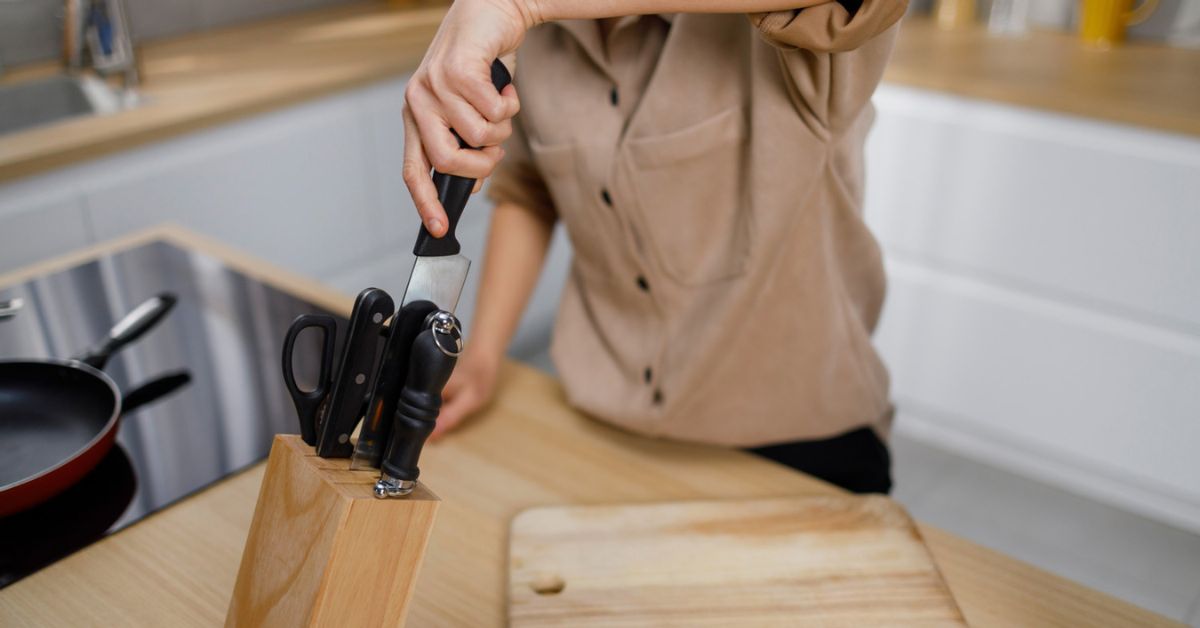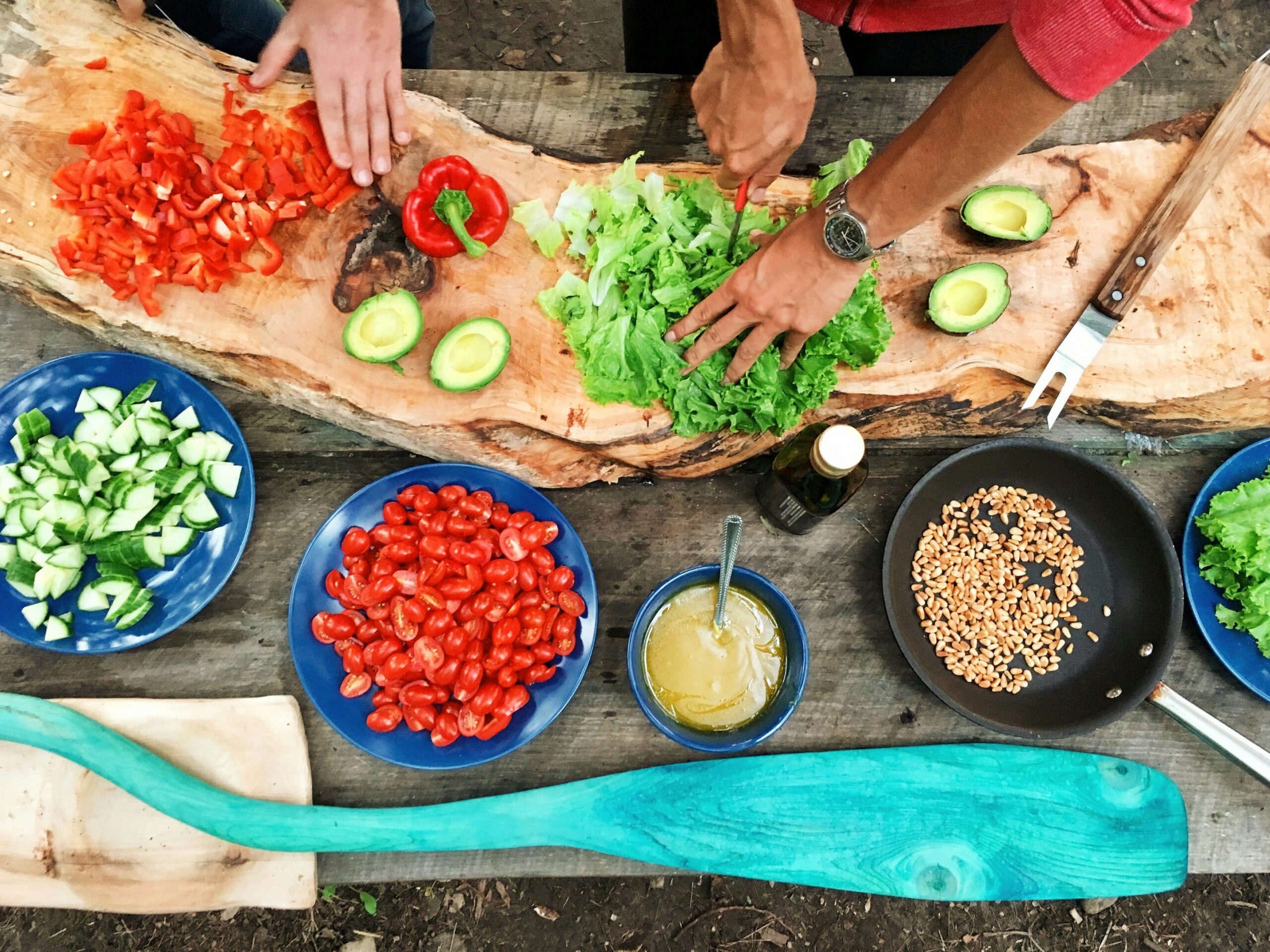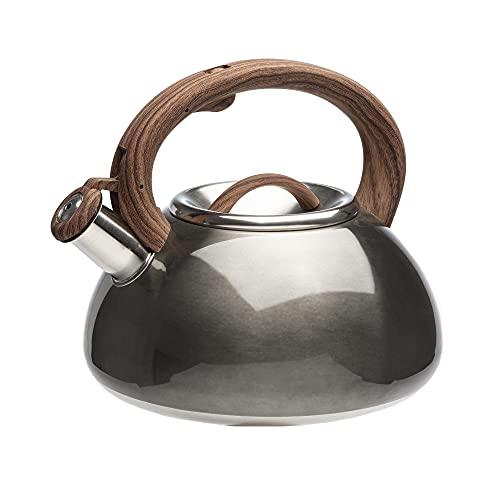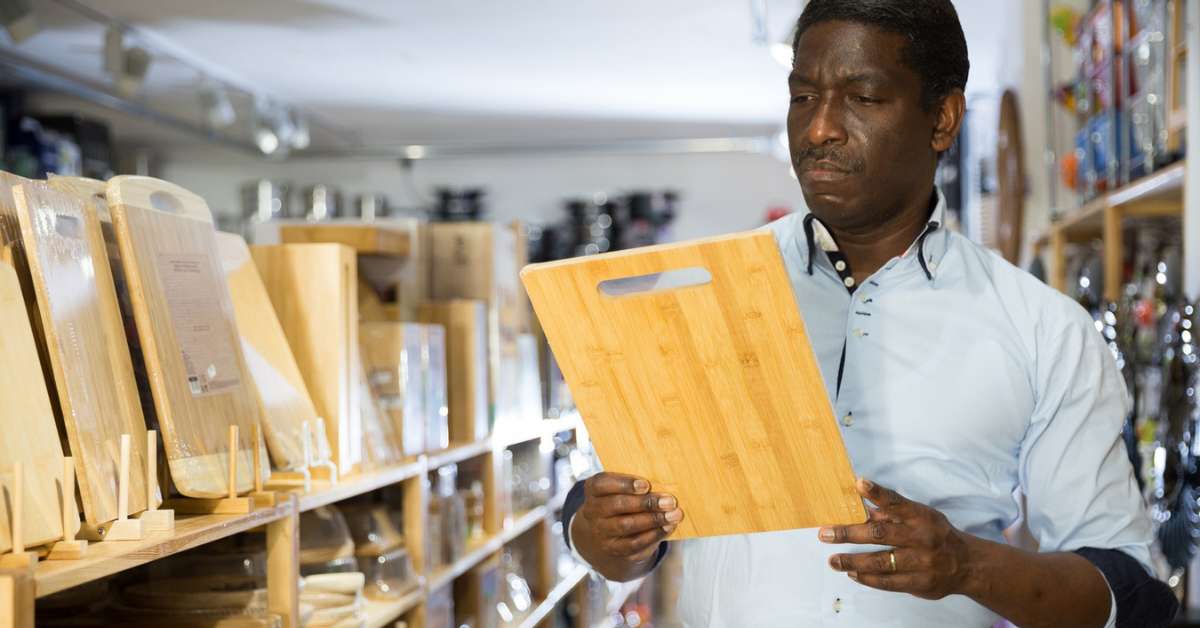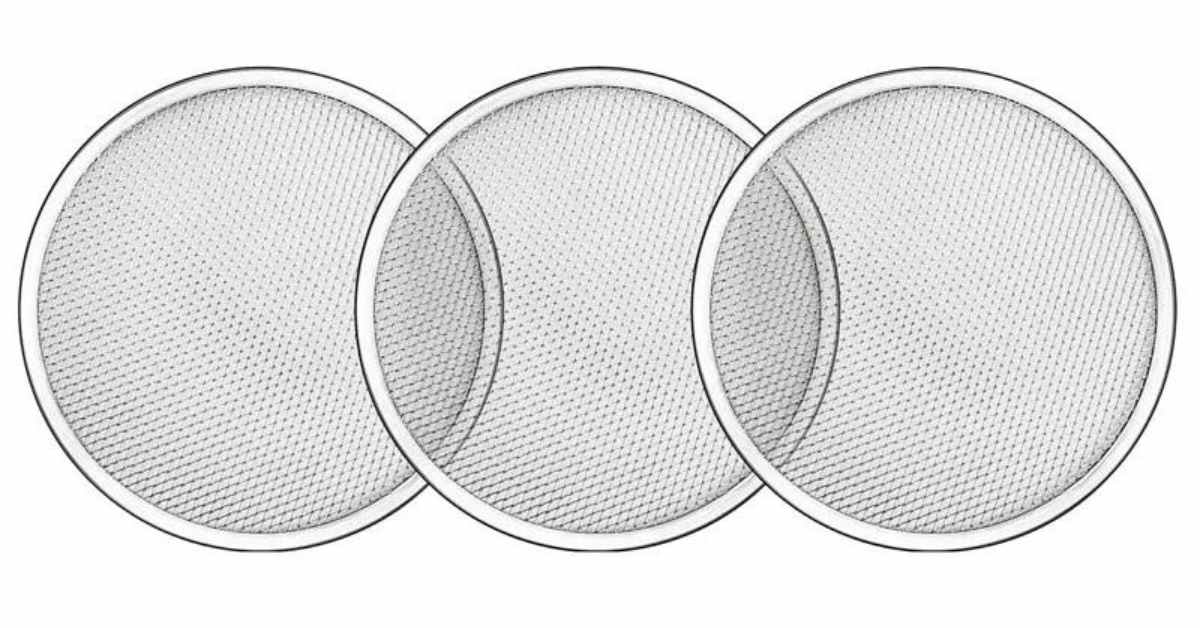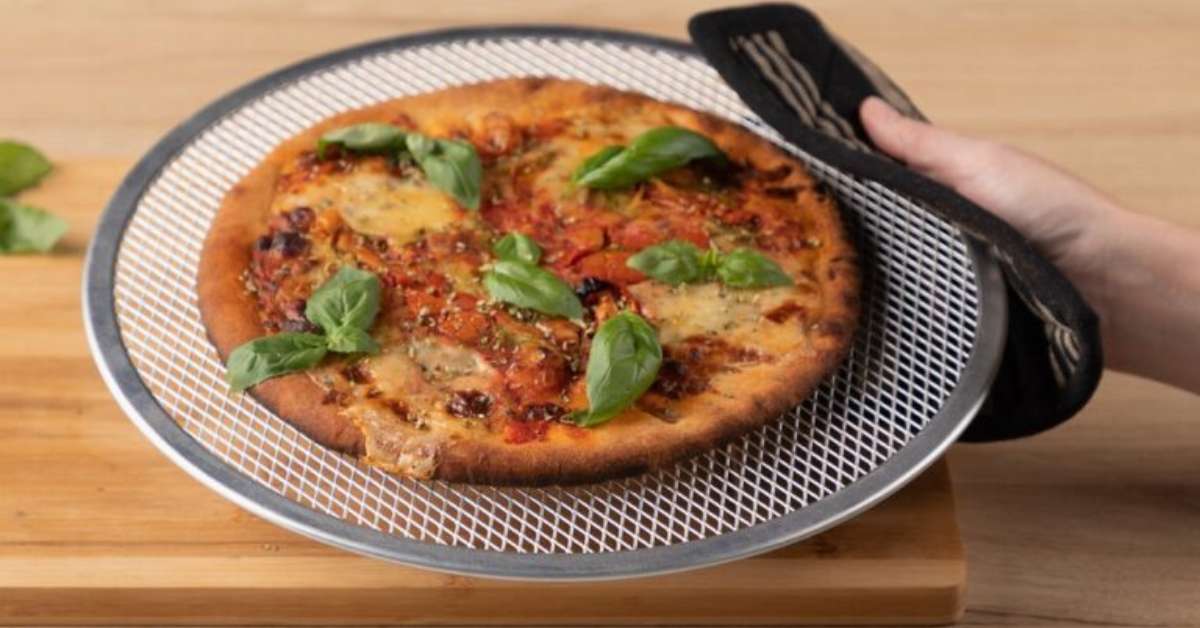To choose the right knife, consider its purpose and select one that suits your needs. There are various types of knives available for different tasks, such as chef’s knives for versatile use, paring knives for precision work, and bread knives for cutting bread without squashing it.
Additionally, consider the size and weight of the knife, as well as the material of the blade and handle. Take into account your personal preferences, budget, and the quality of the knife before making a decision. By carefully considering these factors, you can choose the perfect knife that will enhance your cooking experience.
Table of Contents
ToggleUnderstanding Knife Basics
Understanding Knife Basics plays a vital role in choosing the right knife. Different Types of Knives and Their Uses should be considered when making a decision. Determining the Ideal Knife Size is another important factor, as it affects comfort and control during use.
Consider Factors to Consider When Choosing a Knife, such as the type of cutting tasks you frequently perform and your personal preferences. Balancing Point and Weight Distribution also contribute to the usability and maneuverability of a knife.
Additionally, Factors That Affect Knife Sharpness, like the type of steel and the blade edge geometry, should be taken into account. By considering these aspects, you can confidently choose a knife that suits your needs.
Choosing The Right Knife Material
Choosing the right knife material is crucial for its performance. Carbon steel and stainless steel are two popular options to consider.
Carbon steel blades are known for their excellent sharpness and edge retention. They are easier to sharpen and hold a more precise edge. However, they are prone to staining and can rust if not properly cared for.
Stainless steel blades, on the other hand, are highly resistant to staining and corrosion. They require less maintenance and are ideal for those who prefer low-maintenance knives. However, they may not hold their edge as well as carbon steel.
Another factor to consider is the blade coatings and finishes. These can enhance the durability, appearance, and resistance to corrosion of the knife.
When choosing a knife material, it’s important to consider durability and resistance to corrosion as they affect the overall lifespan of the knife.
Ultimately, the right knife material depends on personal preference and the intended use of the knife. Consider the pros and cons of each blade material and choose accordingly to find the knife that best suits your needs.
Considering Knife Handle Options
When it comes to selecting the perfect knife, your choice of handle holds the key. An absolute must is ensuring that the handle fits snugly in your hand, guaranteeing a secure grip and minimizing the chances of accidents.
Moreover, you’ll want to delve into the world of knife handle materials – options like wood, plastic, and metal, each boasting its unique pros and cons. So, be sure to pick one that aligns seamlessly with your preferences and requirements.
But wait, there’s more to consider – grip and stability are paramount for enhanced control and precision during every slice. Don’t forget about maintenance and durability; opt for a handle material that’s a breeze to clean and can withstand the test of time.
Finally, for those who crave individuality, please pay attention to customizable handles and the aesthetic charm they bring. In a nutshell, a thoughtful evaluation of these elements ensures that you’ll find the ideal knife handle tailored to your needs.
Finding The Perfect Knife For Your Needs
When it comes to finding the perfect knife for your needs, there are several considerations to keep in mind. One important factor is your budget and price range. Determine how much you are willing to spend on a knife and look for options within that range.
Consider trusted knife brands and models that are known for their quality and durability. Reviews and recommendations from experts can also be helpful in making your decision.
Utilize online resources for knife research. Many websites, forums, and blogs provide valuable information and insights about different types of knives. Please take advantage of these resources to educate yourself about the various options available and their respective features.
If possible, try to purchase knives offline. Visiting a store and physically holding the knife can give you a better sense of its weight, balance, and overall feel. This can help you make a more informed decision based on your personal preferences.
Care And Maintenance Of Your Knife
Unlock the true potential of your knife with these essential care and maintenance tips. After each culinary adventure, make sure to show your knife some love by giving it a warm, soapy bath followed by a gentle rub down with a soft cloth. Spare it the horror of abrasive cleaners and scrubbing pads that can harm its precious blade. To ensure its longevity, remember to dry your trusty companion thoroughly.
When it’s time to tuck your knife in for a nap, tuck it into a cozy knife sheath or a protective blade guard. Not only will this keep it safe from accidents, but it will also preserve its sharpness for the next exciting chapter in your culinary journey.
But that’s not all – for peak performance, your knife needs regular sharpening and honing. Invest in a high-quality knife sharpener or embrace the ancient art of sharpening stone. Keep that blade sharp and aligned, and you’ll always be the master of your kitchen domain. Say goodbye to dull knives, which are notorious for slipping and causing mishaps.
Safety is paramount, so follow kitchen best practices: wield a cutting board and respect the blade by keeping your fingers at a safe distance. Recognize the telltale signs of a dull blade, like struggling to make clean cuts or spotting jagged edges, and take immediate action to sharpen it.
Remember, your knife thrives in a soft and caring environment. Steer clear of hard surfaces like glass or granite, as they can spell doom for your blade. When it’s bath time, give your knife a gentle hand wash; dishwashers, with their harsh detergents and high heat, can be a corrosive nightmare. Never let your faithful companion soak in water, as it may lead to rust.
Finally, provide your knife with a safe and cozy shelter in a dry and secure place. This will not only prevent accidents but also ensure its longevity. With these loving care and maintenance techniques, you’ll enjoy the company of a sharp and reliable knife for many more chapters of your culinary adventures.
Frequently Asked Questions Of How To Choose The Right Knife
What Three Things Should You Consider When Choosing A Knife?
When choosing a knife, consider its purpose, the type of blade, and the handle comfort.
What Are 6 Suggestions For Buying Knives?
Here are six suggestions for buying knives:
1. Consider the purpose – choose a knife that suits the task you’ll be using it for.
2. Look for quality materials – opt for knives made from durable and high-quality steel.
3. Pay attention to the handle – make sure it feels comfortable and provides a secure grip.
4. Check for a full tang – knives with a full tang are sturdier and more balanced.
5. Research different brands – read reviews and compare prices before making a decision.
6. Set a budget – determine how much you’re willing to spend and stick to it.
What Is The Rule #1 In Knife Skills?
Rule #1 in knife skills is to use the correct knife for the correct purpose. It is important to choose a knife that is suitable for the task at hand.
Conclusion
Choosing the right knife for your needs is essential for a successful culinary experience. Whether you’re a professional chef or a cooking enthusiast, finding the perfect knife can make all the difference in your kitchen. When selecting a knife, consider factors such as the blade type, handle material, and overall balance.
The blade should be sharp and suitable for the tasks you frequently perform, whether it’s chopping, slicing, or dicing. Additionally, the handle should provide a comfortable grip to prevent fatigue during long cooking sessions. Another important consideration is your budget.
While it’s tempting to splurge on high-end knives, there are plenty of affordable options that offer excellent quality and durability. Remember, choosing the right knife is a personal decision based on your preferences and cooking habits. Take the time to research different brands and styles, read reviews, and even try out knives in-store if possible.
By finding the knife that feels like an extension of your hand, you’ll be well-equipped to tackle any culinary challenge that comes your way. Happy cooking!

